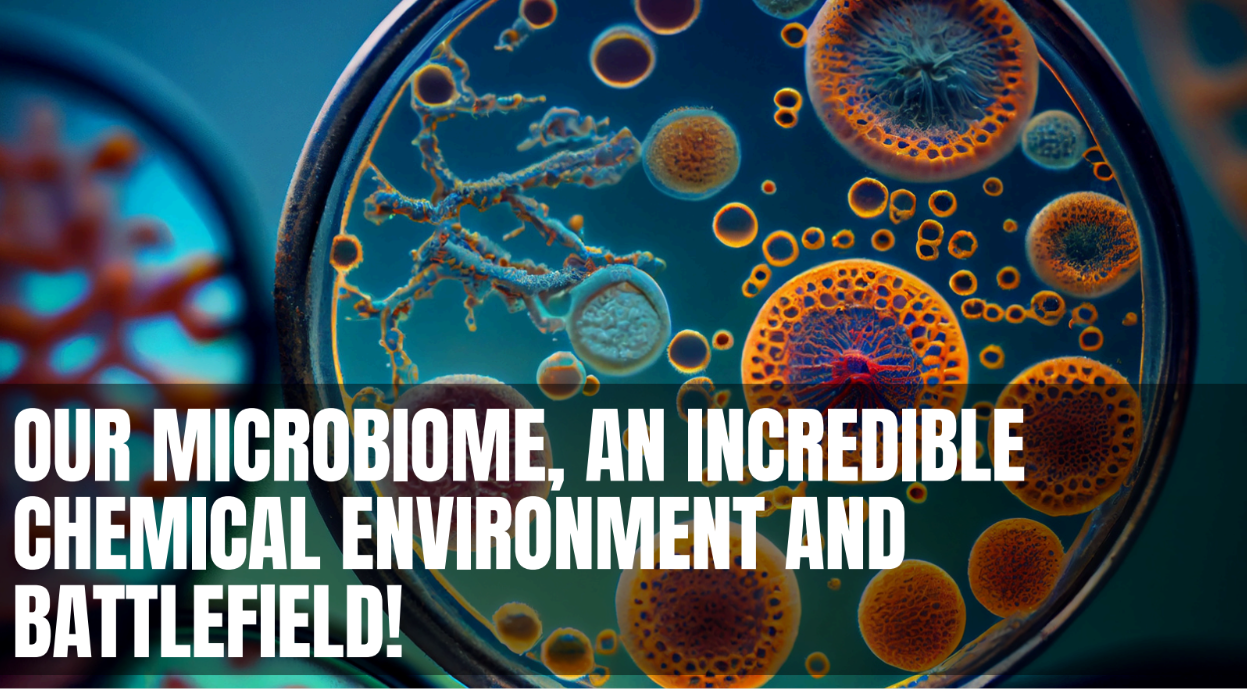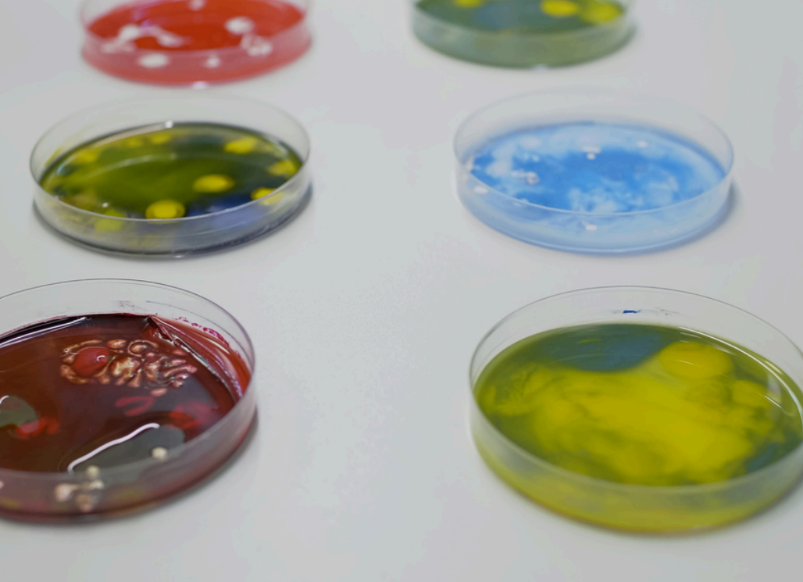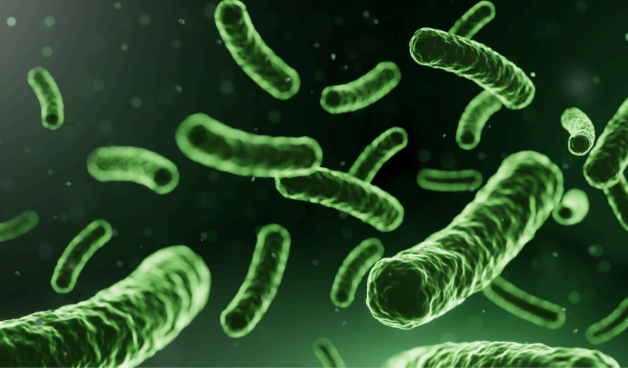
Friends:
Please consider.
Our microbiome has many times more cells and diverse DNA, from bacteria, and yeasts, just in the gut than from all the cells that
make up our bodies.
The microbiome is an incredible, intelligent, chemistry-making environment as well as a battlefield between competing species and
our host immunity deeply involving our intrinsic tissue competence that determines our health, longevity, vitality,
neurological/cognitive function, and quality of life.
The next two articles will discuss this in a general manner.
The first is laying out the groundwork with some discussion of the development of biofilms, and the next, is the remarkable innate
intelligence of microorganisms called “quorum sensing”.
Perhaps a rather esoteric topic, but here is the reality, if we speak of wellness and a healthy microbiome, or states of disease and
infection, or tooth decay, or even with some viruses, we need some understanding of the role of biofilms:

The biofilm from Gram Positive bacteria, like most probiotics, creates a thick coating called ESP (exopolysaccharide)–a glycolipid
substance of various constituents depending on the bacteria in question.
Gram Negative bacteria, which has a thinner biofilm capsule, and does not register a color upon colorimetric testing, but has a thick
secondary coating called LPS Lipoprotein Saccharide—that means a fatty acid connecting chain to the saccharide.
LPS fragments that get absorbed systemically, can create endotoxins and significant immune and autoimmune response that is
often manifested in disease and even deadly sepsis.
Most probiotics are Gram Positive; however, a healthy microbiome will typically have a combination of Gram-Positive and negative
bacteria that remains safe and contained if the gut lining is healthy.
However, good, health-promoting bacteria in our gut flora and probiotics create their own biofilm which is very active–not a passive
structure.
So, biofilms are not necessarily always a “bad thing”.
The biofilm is a means for protection, growth, greater colonization, and the exchange of nutrients.
The layers also have immunoregulatory activities as well as the creation of various antioxidant compounds.
For instance, EPS production by B. coagulans (BC), spore-forming aerobic with anaerobic capacity, has significant in vitro and in
vivo antioxidant activity. Moreover, Duc et al. have shown that Bacillus spore-forming bacteria can produce carotenoids, which
have strong antioxidant properties.
This effect is very important in humans because they are not able to synthesize carotenoids.

When you consume the BC probiotic, it is primarily an aerobic probiotic, and thus most active in the upper gut, duodenum where
oxygen is still present.
It rapidly produces its biofilm and germinates and, in the process, makes an abundance of enzymes, including lactase for the
tolerance of lactose from milk, protease, lipase, etc. all happening at the crucial gateway brush borders of the small intestines.
Researchers at the Institute Pasteur and CNRS have shown for the first time that certain viruses can form complex biofilm-like
assemblies, like bacterial biofilms.
These extracellular infectious structures may protect viruses from the immune system and enable them to spread efficiently from
cell to cell.
“Viral biofilms” would appear to be a major mechanism of propagation for certain viruses. They are therefore emerging as new and
particularly attractive therapeutic targets.
There are studies of the interaction of Covid-19 with bacterial biofilms which have significant therapeutic ramifications–a whole
other story!
Now even more fun and complex, yeasts which inhabit our GI tract, create biofilms and they also have communication between
themselves and with bacteria.
So, yeasts create their own biofilms, or they meld together with bacteria—one helping the other!
Candida albicans Biofilms and Human Disease
Clarissa J Nobile 1, Alexander D Johnson
Bacteria and Fungi Promote Coaggregation and Formation of Mixed-Species Biofilms
Both singly and together, bacteria and fungi form highly structured, often surface-associated, communities termed biofilms.
A significant proportion of human microbial infections are biofilm-associated, wherein the formation of mixed- species biofilms
could create a protected environment that allows for survival from external assaults and facilitates different bacterial-fungal
interactions [1], [2]. The known relationships between C. albicans and oral streptococci illustrate the various ways by which bacteria
and fungi can attach to one another or coaggregation using specific cell surface factors, leading to mixed-species biofilms [2], [7].
Especially problematic is C. Albicans (Thrush, Candidiasis, yeast vaginitis, systemic invasion particularly with diabetes, overuse
antibiotics, poor sugary diets, etc.) that can superimpose secondary infections and be opportunistic when FIRST the intestinal
environment becomes undermined and unsuitable for it then stimulates its growth and proliferation.
Now a therapeutic dilemma—if I use antibiotics to kill bacteria, then it provokes more yeast!
But not always!
Creating an environment and having the production of short-chain fatty acids when healthy by the host flora, and here prebiotics as
in soluble fiber essential for the creation of SCFAs (butyric, acetic, propionate) holds the yeast in check with perhaps antifungal
medications or botanicals.
Quite interesting are early reports that Bacillus Coagulans, spore bacteria, have been shown as well with patient testimonials in
being very effective against yeasts.
As just a very basic and simple start with this article, one can begin to appreciate the enormous complexity of crosstalk
communication in our microbiome and that one’s health must be approached in multiple directions with multiple factors, including
recognizing changes as we age, changes as we diet, level of stress, lifestyle factors, exercise, sleep, and our fluctuating hormonal
status.
All these elements and more constantly impact our physiology and thus embraces the rationale and inescapable wisdom to pursue a
holistic approach to our health management for our most optimal well-being and life extension–thank you until next time!
